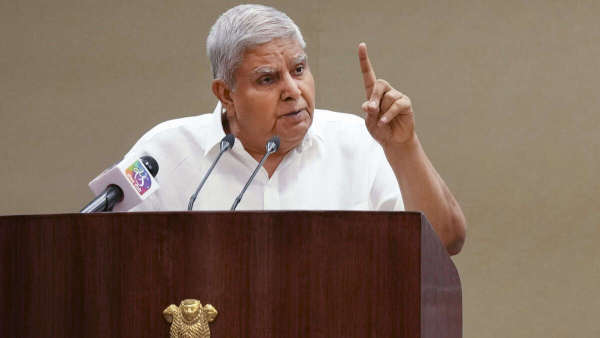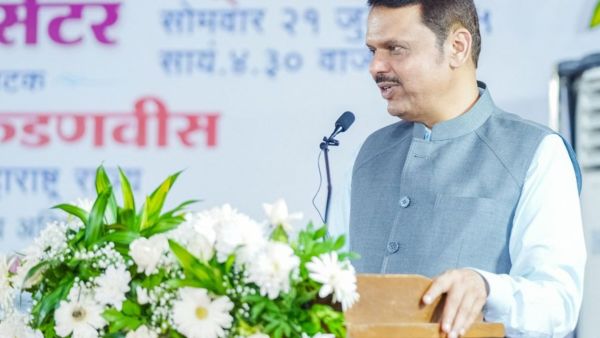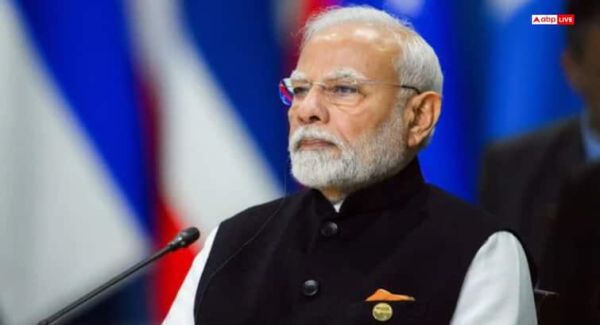More than three decades ago, India saw an automobile revolution unfolding. GoI’s pro-liberalisation policy thrust, which subsequently led to the opening up of the market, helped create an entire manufacturing ecosystem, making it possible to produce quality and affordable passenger cars. This enabled millions of Indians to fulfill their dream of owning a car.
Today, personal mobility in India – and the world – is poised on the threshold of a tectonic transformation. It is now a globally acknowledged fact that reducing reliance on fossil fuels by replacing vehicles running on conventional internal combustion engines (ICE) with EVs is the need of the hour. Furthermore, for a country like India that has abundant sun, wind and water for RE and enough coal for thermal power, there is an absolute need to become self-reliant and stop importing millions and millions of barrels of oil.
While government support has played an important role in creating a market for EVs so far, a 2023 McKinsey survey suggests that consumer preferences are also now driving the demand for electric cars. More than two-thirds of customers in the survey considered buying an EV as their next car purchase.
The market is responding to this emerging EV demand. Car manufacturers in India are making considerable efforts towards designing and manufacturing EVs that are safe, comfortable, and offer quality features and style as preferred by Indian customers. Original equipment manufacturers (OEMs) are also building charging infrastructure at a record pace to ensure that the EVs have uninterrupted and adequate power supply. As of FY25, there are about 25k charging stations in India, a 2x growth since last year.
With over 50 mn passenger cars on the road, India is now the third largest passenger car market in the world, behind China and the US. The Indian PV market is expected to grow at 6-7% CAGR over the next 5 years, adding 5-6 mn cars a year. It is the need of the hour for a significant portion of these cars to be EVs. Not only are EVs better for our planet and air quality, but also for our current account, reducing our dependence on imports in a meaningful manner.
It is encouraging to see that India is taking important policy strides to enable EV adoption. The government has given generous subsidies, such as the FAME (Faster Adoption and Manufacturing of EVs) scheme and lower GST rates, on EVs to stimulate consumer demand. Incentives to boost the manufacturing of batteries for EVs have also been provided. Moreover, OEMs, as a community, are working together to further EV awareness and adoption.
Another effective policy measure is the corporate average fuel efficiency (CAFE) norm that mandates OEMs to manufacture more fuel-efficient vehicles, thereby limiting the carbon dioxide emitted by the total fleet produced by them in a year. Manufacturing and selling more EVs—which have zero tailpipe emissions compared to petrol or diesel cars—allows OEMs to comfortably meet their annual CAFE mandates.
GoI is now seeking to strengthen CAFE norms in existence since 2022, with an updated version that aims to significantly improve the fuel efficiency benchmark in India. Such a move will be a major turning point, as it will spur more carmakers to make an aggressive shift towards EVs, helping the ecosystem grow. Also, faster EV adoption will help create economies of scale, thereby improving the global competitiveness of India’s auto industry. According to estimates, India’s passenger EV market is expected to grow to 1.0 mn vehicles by 2030.
Companies at the crossroads of clean mobility and energy view electric vehicles not just as a technological shift, but as a strategic win for business, the economy, and the planet. This is the foundation of their commitment to the growth of the EV ecosystem in India. But unlocking their full potential will require collective and collaborative action—from both GoI and the entire manufacturing ecosystem. Policy interventions such as CAFE and other supply-side mandates to manufacture more EVs have played and will continue to play a critical role in this journey.
Today, personal mobility in India – and the world – is poised on the threshold of a tectonic transformation. It is now a globally acknowledged fact that reducing reliance on fossil fuels by replacing vehicles running on conventional internal combustion engines (ICE) with EVs is the need of the hour. Furthermore, for a country like India that has abundant sun, wind and water for RE and enough coal for thermal power, there is an absolute need to become self-reliant and stop importing millions and millions of barrels of oil.
While government support has played an important role in creating a market for EVs so far, a 2023 McKinsey survey suggests that consumer preferences are also now driving the demand for electric cars. More than two-thirds of customers in the survey considered buying an EV as their next car purchase.
The market is responding to this emerging EV demand. Car manufacturers in India are making considerable efforts towards designing and manufacturing EVs that are safe, comfortable, and offer quality features and style as preferred by Indian customers. Original equipment manufacturers (OEMs) are also building charging infrastructure at a record pace to ensure that the EVs have uninterrupted and adequate power supply. As of FY25, there are about 25k charging stations in India, a 2x growth since last year.
With over 50 mn passenger cars on the road, India is now the third largest passenger car market in the world, behind China and the US. The Indian PV market is expected to grow at 6-7% CAGR over the next 5 years, adding 5-6 mn cars a year. It is the need of the hour for a significant portion of these cars to be EVs. Not only are EVs better for our planet and air quality, but also for our current account, reducing our dependence on imports in a meaningful manner.
It is encouraging to see that India is taking important policy strides to enable EV adoption. The government has given generous subsidies, such as the FAME (Faster Adoption and Manufacturing of EVs) scheme and lower GST rates, on EVs to stimulate consumer demand. Incentives to boost the manufacturing of batteries for EVs have also been provided. Moreover, OEMs, as a community, are working together to further EV awareness and adoption.
Another effective policy measure is the corporate average fuel efficiency (CAFE) norm that mandates OEMs to manufacture more fuel-efficient vehicles, thereby limiting the carbon dioxide emitted by the total fleet produced by them in a year. Manufacturing and selling more EVs—which have zero tailpipe emissions compared to petrol or diesel cars—allows OEMs to comfortably meet their annual CAFE mandates.
GoI is now seeking to strengthen CAFE norms in existence since 2022, with an updated version that aims to significantly improve the fuel efficiency benchmark in India. Such a move will be a major turning point, as it will spur more carmakers to make an aggressive shift towards EVs, helping the ecosystem grow. Also, faster EV adoption will help create economies of scale, thereby improving the global competitiveness of India’s auto industry. According to estimates, India’s passenger EV market is expected to grow to 1.0 mn vehicles by 2030.
Companies at the crossroads of clean mobility and energy view electric vehicles not just as a technological shift, but as a strategic win for business, the economy, and the planet. This is the foundation of their commitment to the growth of the EV ecosystem in India. But unlocking their full potential will require collective and collaborative action—from both GoI and the entire manufacturing ecosystem. Policy interventions such as CAFE and other supply-side mandates to manufacture more EVs have played and will continue to play a critical role in this journey.
(Disclaimer: The opinions expressed in this column are that of the writer. The facts and opinions expressed here do not reflect the views of www.economictimes.com.)






Parth Jindal
MD, JSW Cement